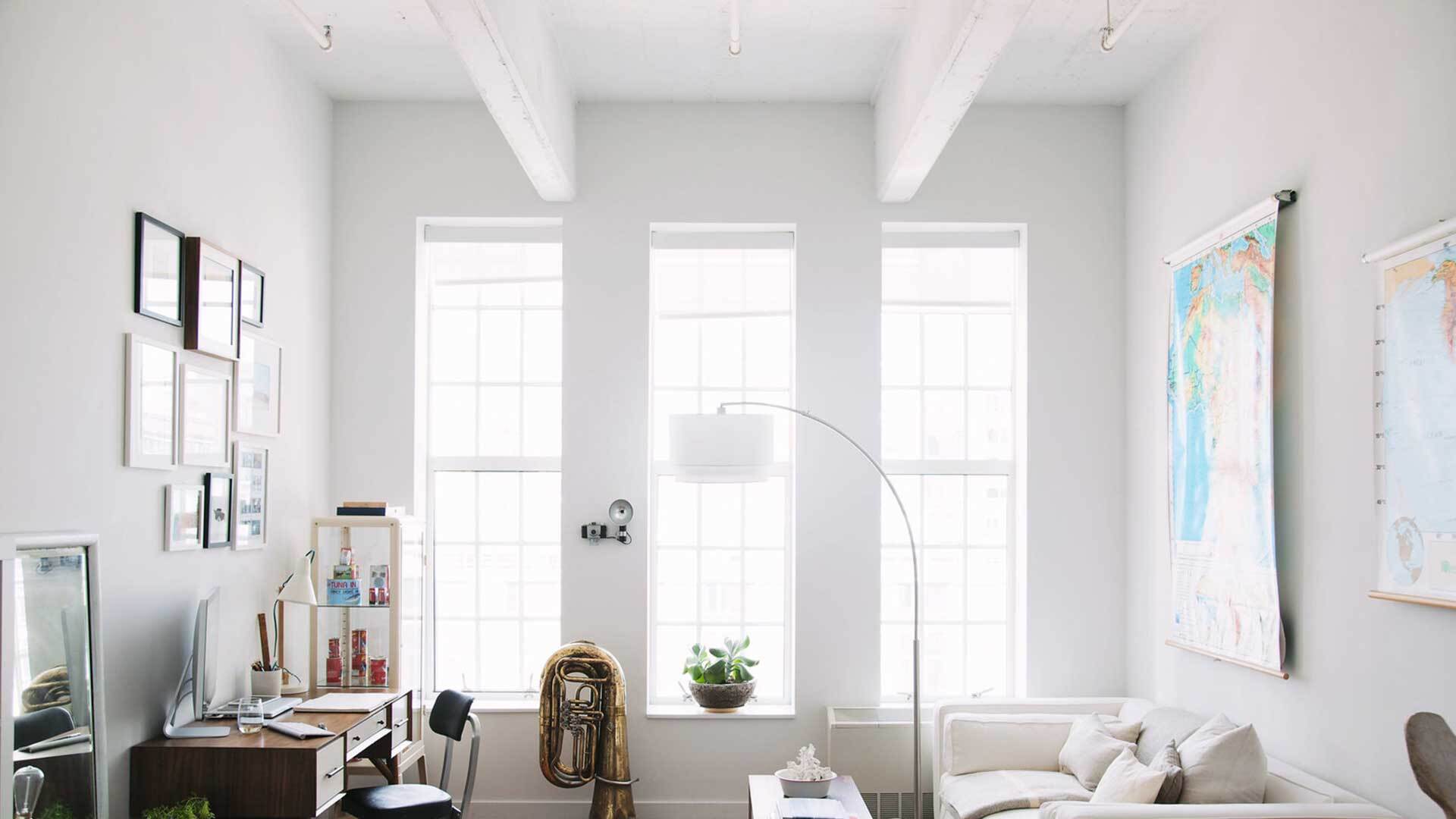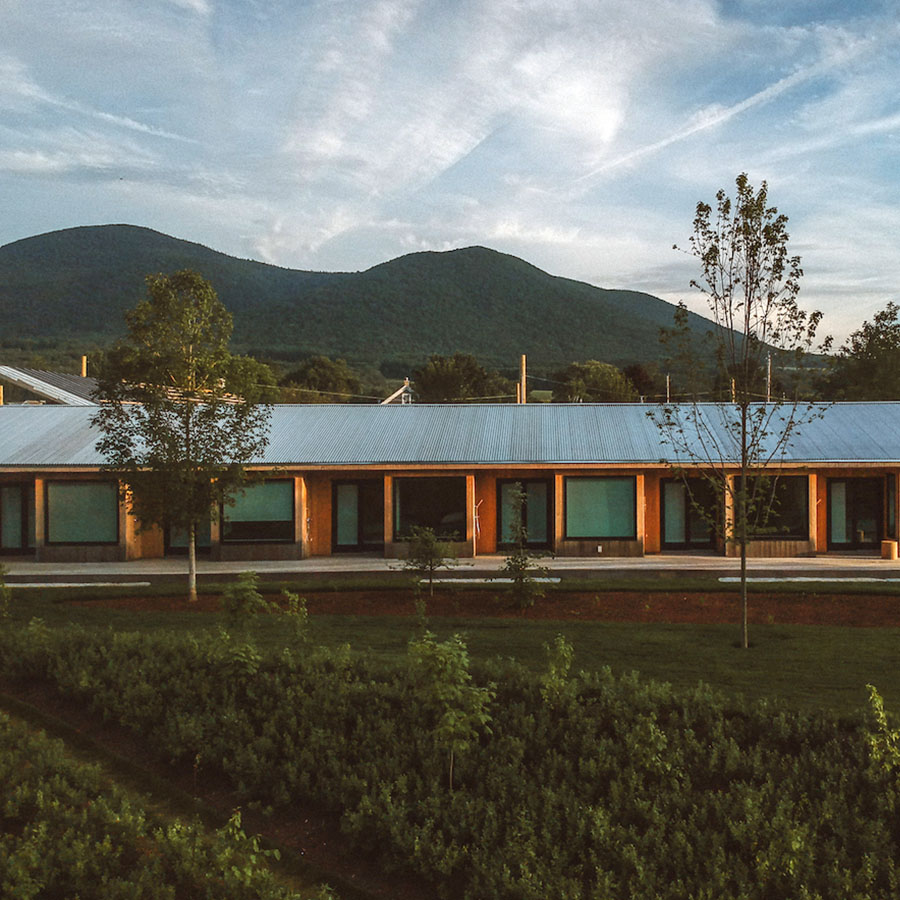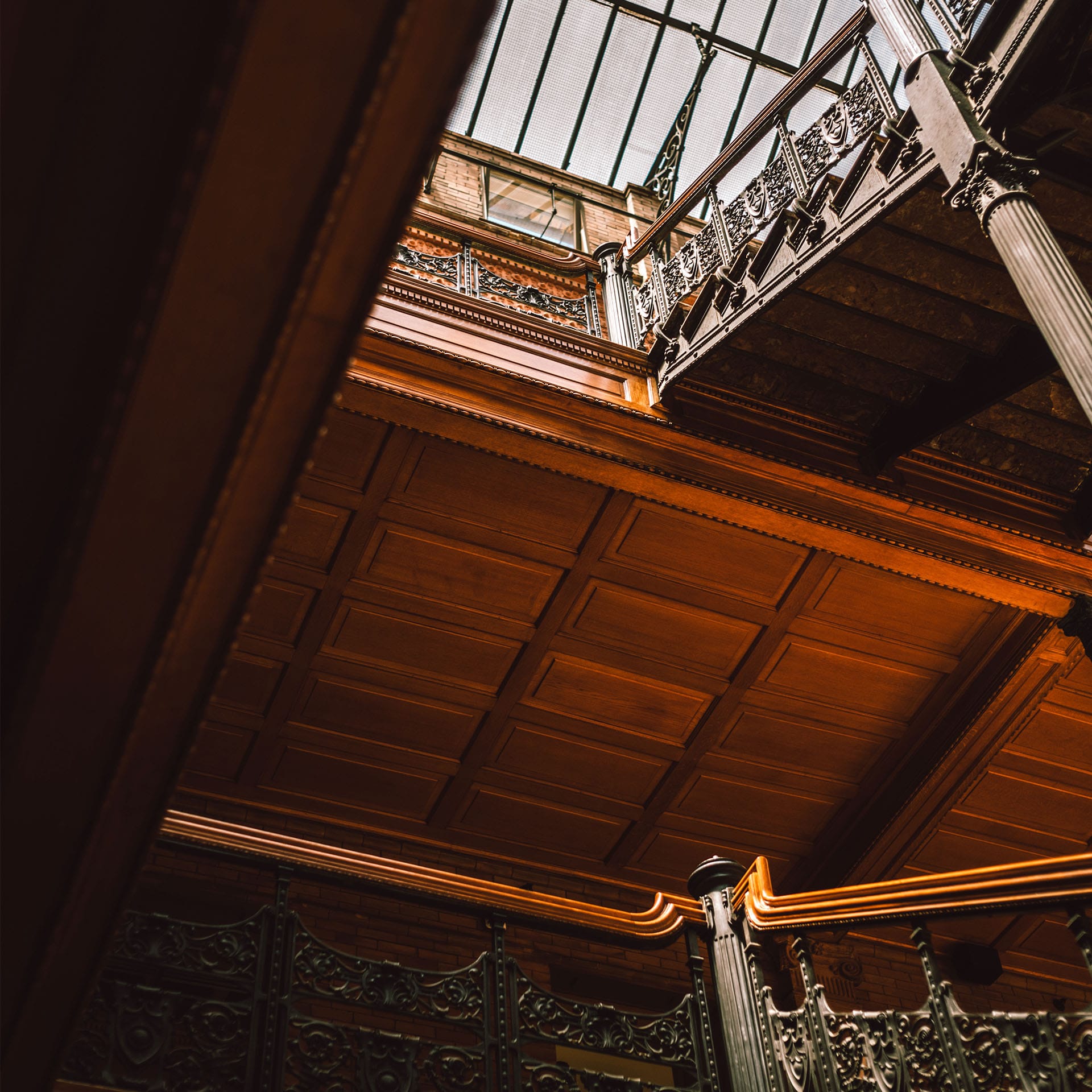As the world has responded to COVID-19, working life instantly shifted from offices to working from home. This will change the way we design and use our workplaces, schools and homes.
While we expect the physical changes to offices and classrooms to happen over time, the changes to our homes could be far more rapid.
We now have an opportunity to make sure the changes to our cities are for the better by interrogating which new habits we want continue. The time and flexibility saved by reducing physical travel is enormous. Once the quarantine is over, this flexibility will continue as we realize we don’t need to spend the 9 to 5 in the office.
People will choose their location based on their tasks and activities, not on where their company leases an office. Focused, productive work will likely be carried out a home, at times which best suit individual lifestyles, while collaborative and socially interactive activities will bring people together in a variety of spaces.
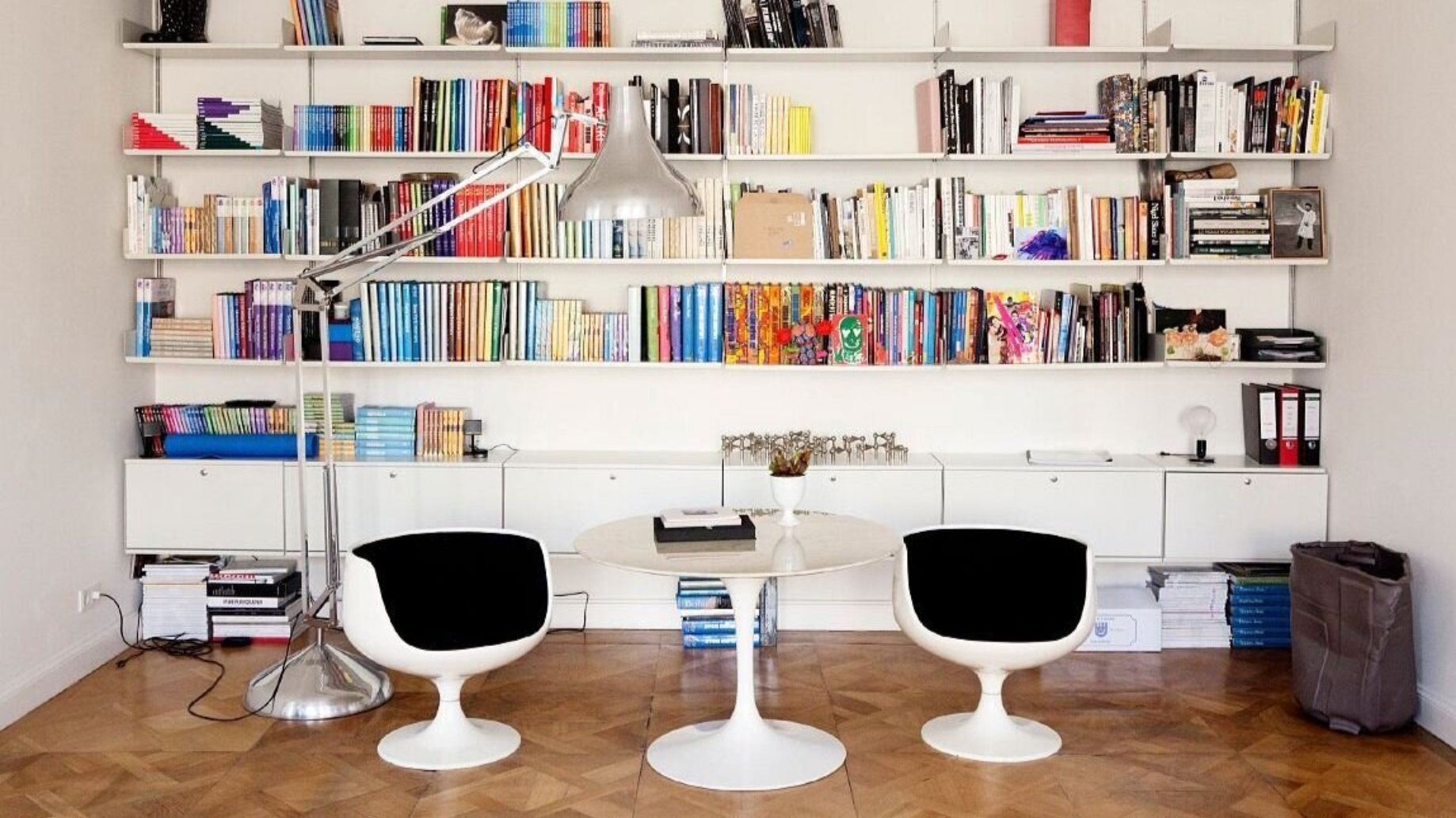
We see this leading to the need for resilient homes, homes with the adaptability to support a range of activities throughout people’s days.
Homes will need to provide spaces for exercise, entertainment, digital collaboration, connection, and focus (without becoming isolated), alongside the traditional activities of eating, sleeping and washing.
The RESI-resilient home has a robust underlying infrastructure that is adaptable to the changing functions and lifestyles of its residents. While there are almost endless modes of WFH being explored by a population new to it, we have taken note of two common exemplars:
The Split Shift Home has appeared as young families deal with the combination of school closures and work from home, leading to the full family being in residence 24/7.
Parents are splitting their shifts between work and childcare. As one parent works during the morning shift (say 7 AM to 1 PM), the other cares for the children. In the afternoon, they flip. In comparison, the Double Desk Home might be occupied by flat mates sharing a dining table, kitchen bench or coffee table as makeshift desks. Whoever has the earliest call claims the most comfortable space for the day, with the other professional being relegated to working in the kitchen or bathroom.
While these two homes seem to have very different needs, they in fact share the need for spaces which can support different activities within the home. Each needs comfortable, acoustically separated places for focused work, education, calls and entertainment.
Creating a spine of the fixed needs of a home allows for an open and flexible apartment. The AD-APT includes a range of consistent elements which support the mode switching of the main spaces.
Support Infrastructure AD-APT includes an entry porch where residents can meet their neighbors and store bikes, coats and shoes. Beyond the entry porch the spine includes a bathroom and two flexi-booths. Around the entire apartment is extensive storage for filing and appliance and other materials needed to blend living, working & learning. The large balcony offers space for outdoor exercise/yoga, entertainment and cooking. A raised planter and an aeroponic system provide home grown food.
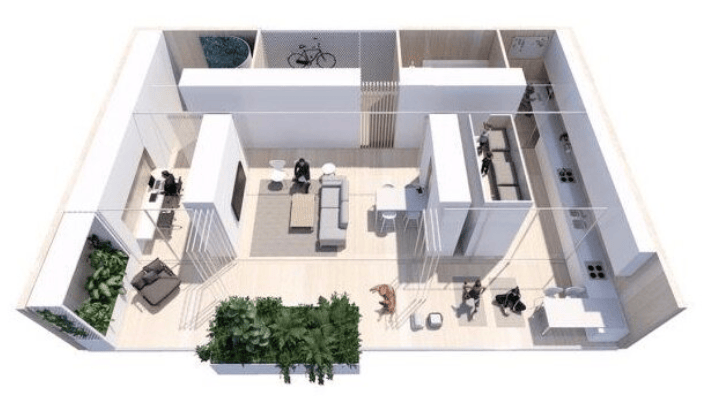
Day Mode –– 7AM – 7PM
During the day the apartment can be configured to provide a generous living and dining space, separated kitchen and work space, while the spine includes two separate booths as support spaces. These booths can be used as focused work spaces, acoustically controlled call booths or separated entertainment spaces.
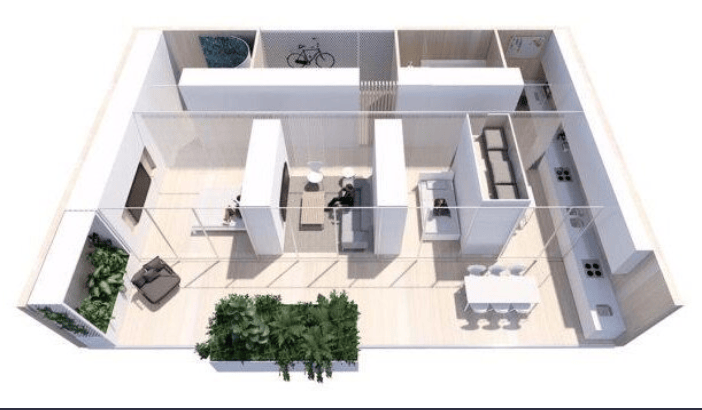
Night Mode –– 7PM – Late
In night mode, the living room can compress to create a significant master suite and well appointed second bedroom, with the spine separated from each space by a moveable wall or curtain for privacy.
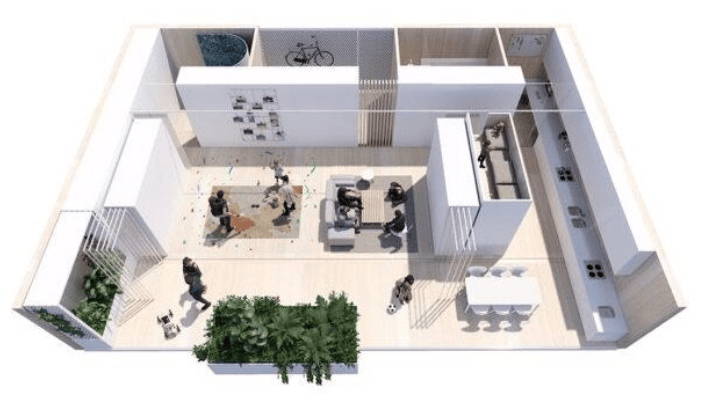
Play Mode –– Weekends & Evenings
Finally, in play mode the adaptable apartment can be transformed into a wide open space for entertaining, meetings or group classes as required by people’s lifestyles, once people can safely gather again.
These amenities will become more adaptable and resilient, and less dependent on luxurious socializing. By offering the community in the building greater indoor food growing and storage facilities, our amenities can provide further resilience in future.
